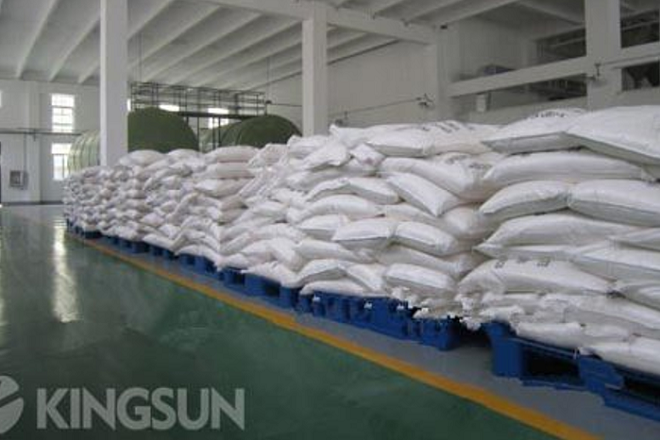Thankfully, COVID-19 vaccines have allowed businesses in many regions to open more safely than they could have in 2020. However, as we enter the summer of 2022, the pandemic isn’t over, and companies across industries are struggling right now.
Each sector has its own challenges, and no two companies are alike. Even accounting for these considerable differences, companies across industries can do a few things to rebound and enjoy a considerable boost to their operational efficiency and bottom line.
Job Description Software
Some technological solutions are more impactful than others. Using job description software that puts leadership competencies examples at their heart helps businesses in a few ways.
HR will spend less time crafting more effective job descriptions when looking to hire. The software plays a huge role in helping HR, managers, and executives during the job interview by putting a database of over 1,500 high-quality competency-based questions at their fingertips.
Interviewers are free to customize the out-of-the-box questions for their purposes during the interview itself. These interview questions are based on the same underlying competencies in the job descriptions, so there’s consistency across processes.
Plus, the competencies at the heart of the software are also the basis for ongoing employee evaluations. Companies have reliable metrics with which to assess their teams, while each employee will love having concrete goals and measurable targets to reach before achieving their next promotion.
Tools that help businesses make sounder short- and long-term planning while empowering workers are sure to help companies across industries rebound amid COVID struggles. Use job description software to get the most suitable employees in the door and help keep them and your business on track years later.
Reliable, Updated Communications
Companies that managed to update consumers, colleagues, and clients on any changes in real-time were better off than the ones that didn’t or couldn’t. End-users needed to know how to physically receive purchases, including details about curbside pickup or shipping. Messaging was crucial on many levels.
Employees needed constant updates to standard working procedures amid changing health conditions. Meanwhile, mounting client concerns required their own communication stream.
Perhaps most companies tend to think of messaging in terms of marketing or branding. In addition to this, open communications with teammates and stakeholders can help pre-emptively prevent operational blockages.
Adjust to Changing Habits
The word “pivot” was one of the main COVID buzzwords in business for good reason. Companies that meet rapidly changing consumer needs fared better than ones that didn’t.
Restaurants managed to sell meal kits or fancier and more unique bottles of wine when they couldn’t have customers eat indoors. Butcher shops pivoted to selling a wider array of general groceries. The world is clearly changing, from consumer purchasing habits, prices, inflation, and more.
The businesses that read and anticipate changes and adjust accordingly will be better positioned for success.
The world never sits still, but we’re experiencing an inordinate amount of change. Company leaders need to navigate their business according to the unique setbacks and challenges, but if they keep the above three general principles in mind, they’re sure to rebound and get a much-needed boost.




